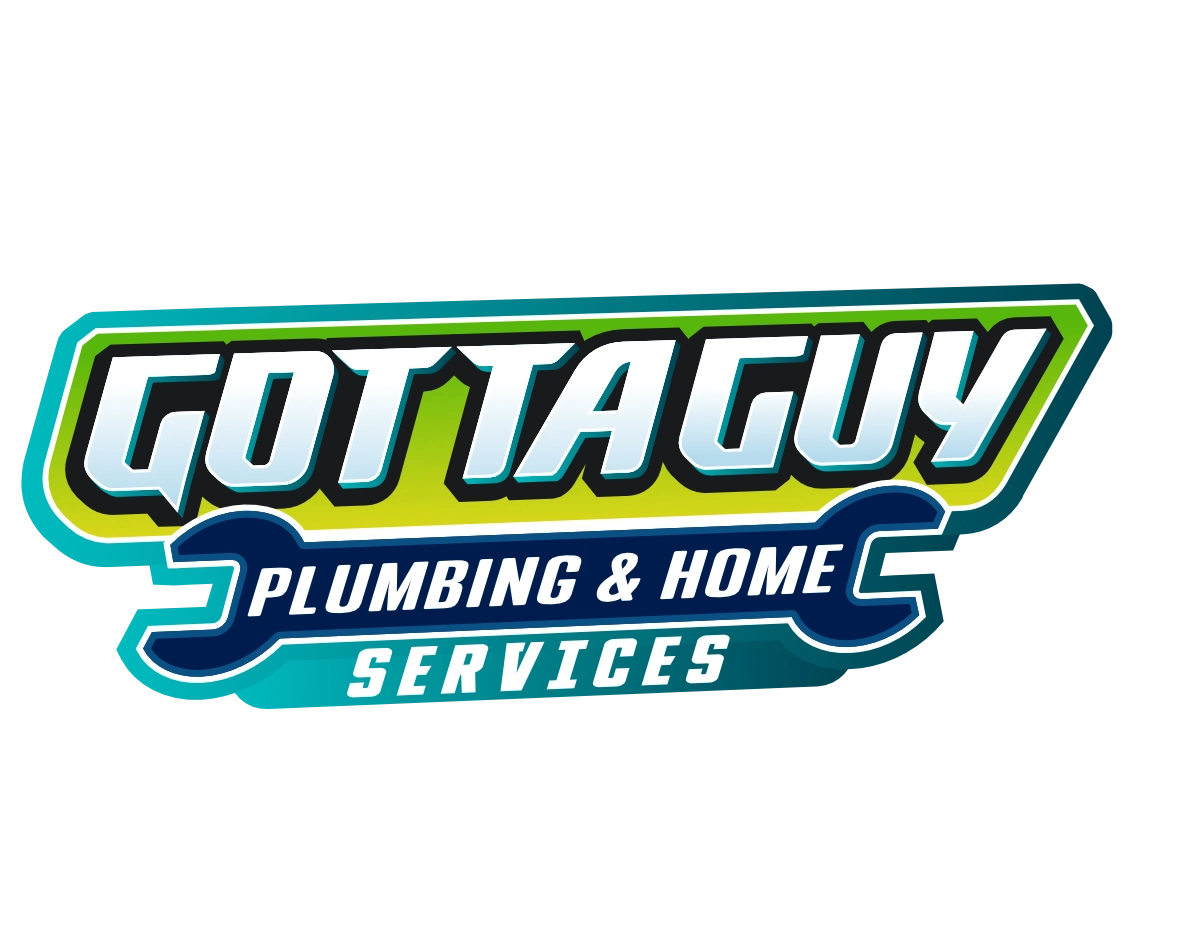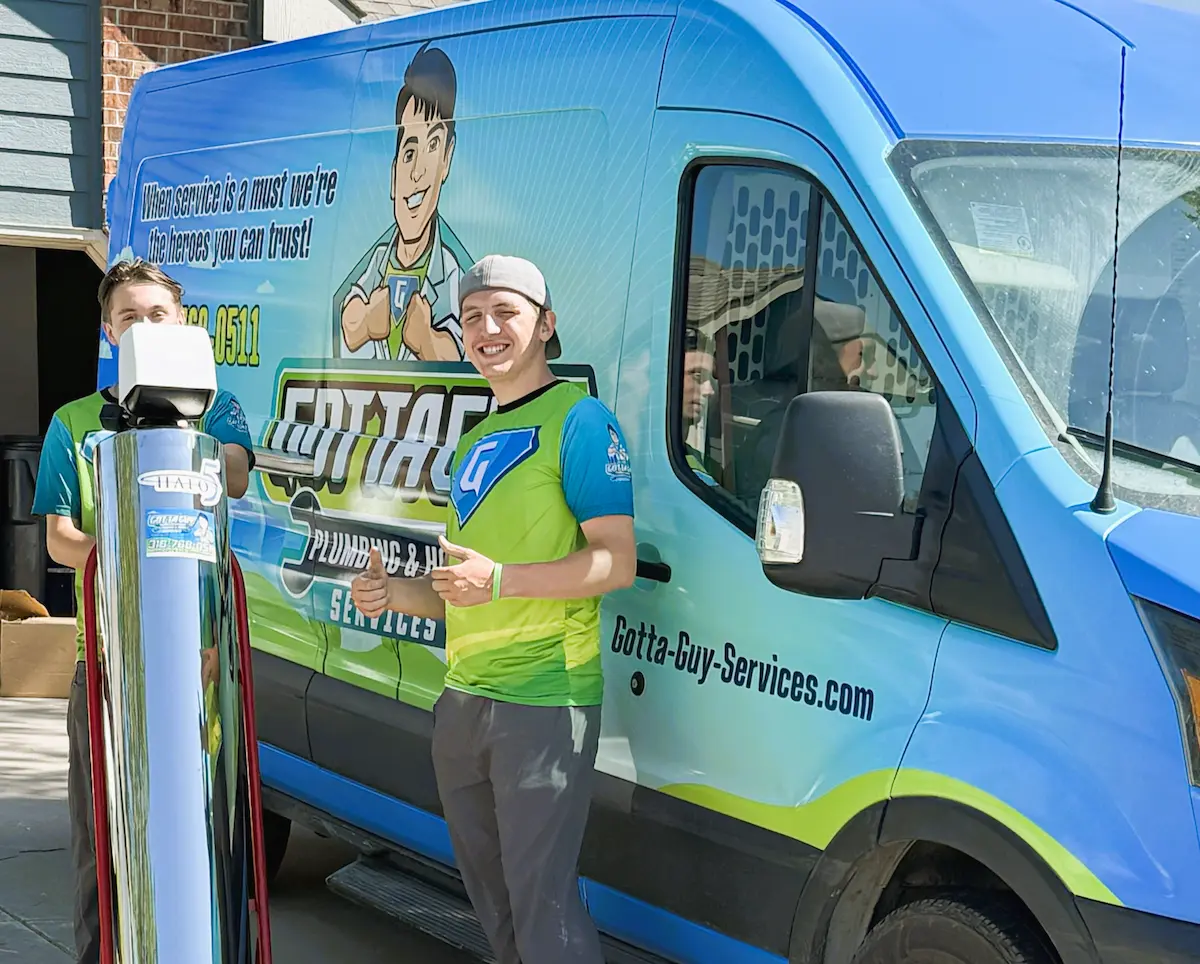A flooded basement can go from stressful to costly fast. On-air with KWCH 12 News, we shared how to stabilize the situation, protect your home, and prevent repeat water events in Wichita, KS and surrounding areas. Here’s the same game plan—step by step.
Step 1: Safety First (Before You Touch Anything)
- Power: If water is near outlets/appliances, stay out. Shut off power at the main if safe to reach—otherwise call your utility/electrician.
- Gas: If you smell gas, evacuate and call the utility/911.
- Sewage present? Avoid contact—this is a sanitation and health issue. We’ll pump, disinfect, and address the cause.
When in doubt, call us. We’ll triage by phone and dispatch for active flooding, failed sump pumps, and sewer backups.
Step 2: Stabilize & Start the Dry-Out
- Stop the source: Verify sump operation, check the float and breaker, and confirm the discharge outside isn’t frozen/buried.
- Pump it down: We bring transfer pumps/wet-vacs; for homeowners, start with a wet-dry vac and move water to a safe discharge point.
- Airflow & dehumidification: Fans + dehumidifiers reduce mold risk. Remove soaked rugs/baseboards to help the slab and walls dry.
- Document for insurance: Photos/video of water lines, damaged items, and the cause (frozen discharge, failed pump, sewer backup, etc.).
Common Wichita Causes of Basement Flooding
- Sump pump failure: Stuck float, tripped breaker, clogged impeller, or undersized pump for your water table.
- Frozen/buried discharge: Ice or obstructions force water back into the pit—leading to short-cycling and overflow.
- Gutters & grading: Short downspouts and negative grading push stormwater against the foundation.
- Sewer backups: Roots, offsets, or bellies in older clay/cast laterals; heavy rain can expose already-weak lines.
- Window wells: Clogged covers/drains can overwhelm walls during downpours.
Stop the Next One: Prevention Checklist
- Sump pump service: Annual test & pit clean; replace tired pumps before storm season.
- Backup power: Battery backups and water-powered backups (where code and pressure allow) keep pumping during outages.
- High-water alarm: Audible alerts/text-capable systems warn before overflow.
- Discharge fix: Proper slope, freeze-resistant termination, daylight away from the foundation.
- Gutters & grading: Extend downspouts 6–10 feet; regrade low spots toward daylight.
- Backwater protection: Backwater valve (where appropriate) to prevent municipal surges from entering the home.
- Sewer camera: If you’ve had repeat backups, video the line to confirm roots, offsets, or bellies and plan a targeted repair.
Prefer a set-and-forget approach? Ask about maintenance plans for seasonal sump checks, battery tests, and drain inspections.
Wichita Groundwater & Sewers: Good to Know
West side clay soils and established trees can stress drainage systems. Older neighborhoods (Riverside, College Hill, Westlink) often have clay/cast laterals with root intrusion or offsets. We map depth/locations, show video, and explain cleaning vs. spot repair vs. trenchless options.
Outside drainage matters as much as the pump. Keep stormwater away from the foundation with simple exterior fixes:
- Gutter care: Clean gutters at least spring & fall; make sure downspouts are clear.
- Extensions: Add 6–10 ft extensions or solid pipe to carry water past flowerbeds and sidewalks.
- Grading: Regrade soil to slope away from the house (~5% fall over the first 10 ft). Fill settled areas along the foundation.
- Sump discharge: Daylight 10–20 ft from the foundation with proper slope; use freeze-resistant outlets.
- Yard drainage: In persistent low spots, consider a French drain or yard drain tied to a safe daylight location.
When to Call (Don’t Wait Too Long!)
- Active water entering the basement or a non-running sump pump
- Sewage odor/backups in floor drains, tubs, or showers
- Short-cycling pump, hot motor, or tripping breakers
- Discharge line frozen, buried, or gurgling outside
- Repeat events after rain or snowmelt
Need Help Now—or Want a Prevention Walkthrough?
We’re nearby and ready to help. (316) 768-0511 • Send a Message
Safety first: If you smell gas, evacuate and call your utility or 911—then call us once the scene is cleared.



